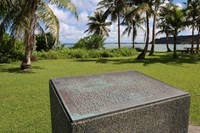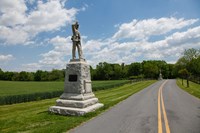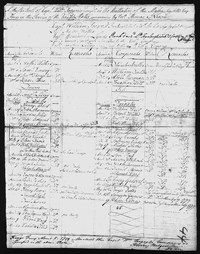- Charles Young Buffalo Soldiers National Monument (38)
- Boston National Historical Park (18)
- Fredericksburg & Spotsylvania National Military Park (15)
- Cedar Creek & Belle Grove National Historical Park (14)
- National Mall and Memorial Parks (14)
- Manassas National Battlefield Park (13)
- Lewis & Clark National Historic Trail (12)
- Antietam National Battlefield (10)
- Golden Gate National Recreation Area (10)
- Show More ...
- Denver Service Center (24)
- Geologic Resources Division (20)
- Inventory and Monitoring Division (12)
- Youth Programs (9)
- Youth Programs Division (9)
- Natural Sounds and Night Skies Division (6)
- National Center for Preservation Technology and Training (5)
- Natural Resource Stewardship and Science Directorate (5)
- Fire and Aviation Management (4)
- Show More ...
Showing 516 results for Divisions ...
Memorial Wall of Names
128th New York Monument
- Type: Article

The Inventory and Monitoring Division explored the effects of the Cameron Peak and East Troublesome Fires on trout, their habitat, and their food sources in Rocky Mountain National Park. The results show that high-elevation trout are resilient, providing valuable insight for park managers making conservation decisions.
Liberators' Memorial
Asan Beach Unit
- Type: Place

In 1944, this seaside park, known locally as Assan Beach Park, was the site of fierce fighting. Assan Beach was the northern most of the two landing beaches used by American troops during the first days of the Battle of Guam. Today, the Asan Beach Unit is home to remains of the Imperial Japanese defenses and memorials to those who died during the battle.
3rd Marine Division Association Monument
Assan/Asan Beach
- Type: Place
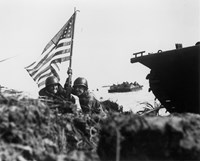
During the Japanese occupation of Guam, CHamoru were forced to build defenses on the beach, including the pillboxes and bunkers that can still be seen today, in preparation for the American invasion. That invasion came on July 21, 1944, W Day for Guam. While a simultaneous attack took place five miles south at Hågat, the Third Marine Division landed on the 2,500-yard Assan Beach, marking the start of the Battle of Guam.
- Type: Person

Best known today for his military campaigns against the Indians before and after the Civil War, George Crook rose from the command of the 36th Ohio Infantry to the command of a cavalry division which fought in Tennessee and southwestern Virginia. During the war he became friends with future president Rutherford B. Hayes.
Samuel Henry Patterson
Obie Bryant Rice
- Type: Person

John Pegram was a career United States army officer and West Point graduate who resigned his commission in 1861 to accept a position in the Confederate army. In the summer of 1861, at Rich Mountain, Virginia, he became the first former US Army officer to be captured by Federal forces when he surrendered his entire regiment. Pegram returned to the Confederate army and served until his death in February 1865.
- Type: Person
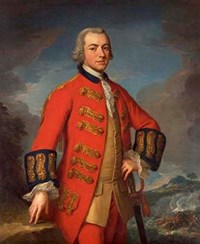
General Sir Henry Clinton, the longest serving British general of the American Revolution, served as commander in chief from 1778 to 1782. In the years after the Revolution, Clinton defended his actions in writing and felt unfairly labeled as the scapegoat for British defeat. He died in London in 1795 before he was able to assume the post of governor of Gibraltar.
- Type: Place

On the right side of the memorial core, Eisenhower as the Supreme Commander of the Allied Expeditionary Force during World War II is commemorated by a bronze heroic-sized statue with sculptures of his soldiers inspired by the famous photograph with the 101st Airborne Division before their jump into France. Behind the sculptures is a bas relief depicting the Normandy landings on D-Day, June 6, 1944.
4th Pennsylvania Reserve Monument (33rd) Volunteer Infantry Monument
Valentino Dominelli
- Type: Person

Valentino Dominelli, a watertender aboard USS Cassin Young, was the son of immigrants from Italy. A watertender was a crewman aboard a steam-powered ship and was responsible for tending to the fires and boilers in the ship's engine room. "Dom" died in action when a kamikaze plane struck USS Cassin Young on July 30, 1945.





